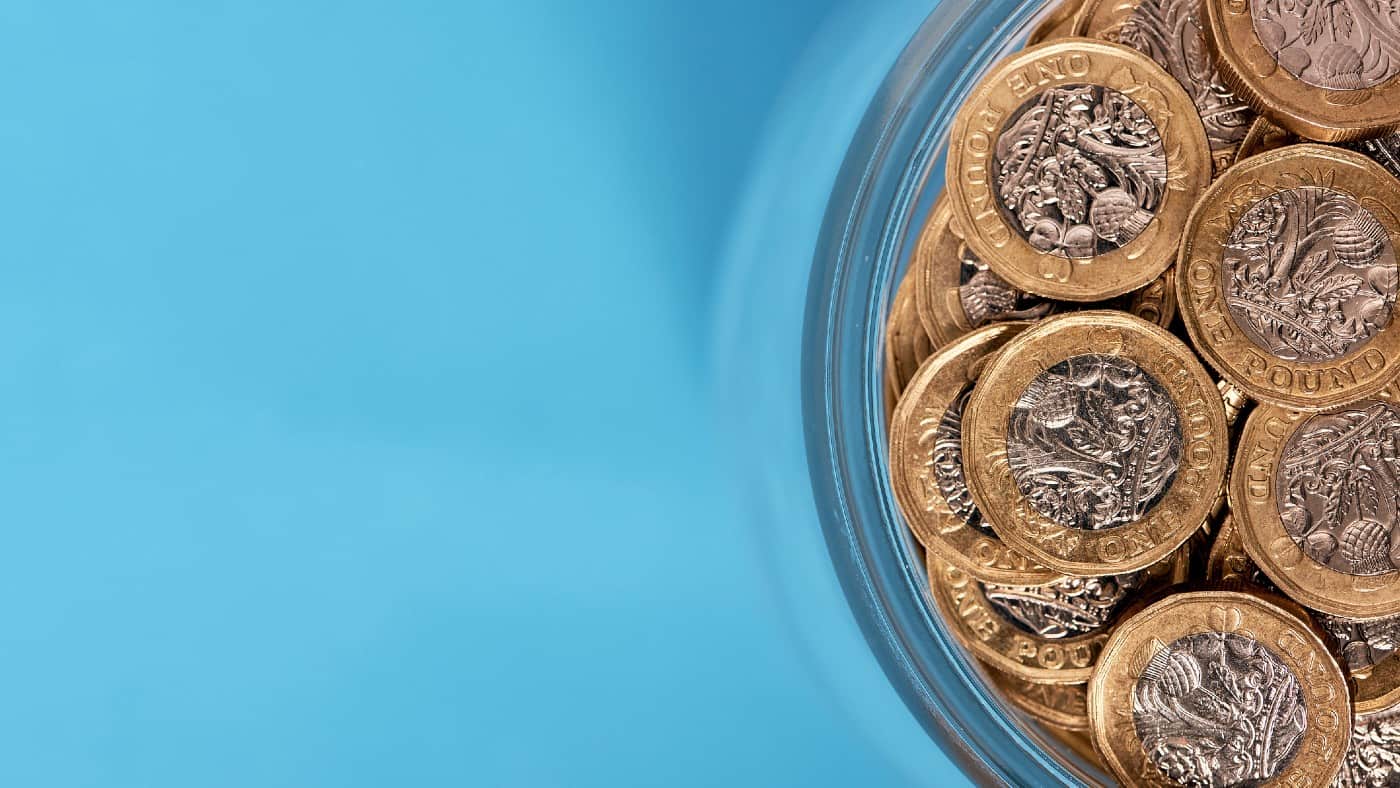September brings us a lot of company reports. And this year, I’m seeing some from companies with increasingly attractive dividend forecasts. It helps if a share price is depressed too, potentially giving us the opportunity to lock in higher long-term dividend yields.
Building
That’s what makes Vistry Group (LSE: VTY) look so attractive to me. The housebuilder, formerly known as Bovis Homes, will release first-half results on 8 September. The Vistry share price has been on a slide, along with the whole sector.
That share price weakness has helped push the forecast dividend yield up close to 10%, and has dropped the price-to-earnings (P/E) multiple on the stock to under six.
Should you invest £1,000 in Superdry Plc right now?
When investing expert Mark Rogers has a stock tip, it can pay to listen. After all, the flagship Motley Fool Share Advisor newsletter he has run for nearly a decade has provided thousands of paying members with top stock recommendations from the UK and US markets. And right now, Mark thinks there are 6 standout stocks that investors should consider buying. Want to see if Superdry Plc made the list?
A lot will depend on how the property market holds up in the second half. But housebuilders that have reported so far have shown strong first-half business.
House prices in August were up 10% year-on-year, though that will surely slow.
DIY
Kingfisher (LSE: KGF) dividend forecasts suggest a yield of above 5%, which is not the biggest around. But I do like one thing about it. The dividend is growing as the share price falls.
Since slashing the dividend in response to the pandemic, Kingfisher has been rebuilding it. And for the year ended January, at 12.4p per share it already exceeded pre-pandemic levels.
What’s more, the cash was covered almost three times by earnings. Forecasts predict a modest increase over the subsequent two years. But in the current economic climate, I think any dividend rise is good news.
The company, which owns DIY chain B&Q among other retail businesses, is currently returning capital to shareholders through a share buyback programme. To me, that bodes well for its dividend prospects.
Soft things
We’ve seen another dividend recovery at Dunelm Group (LSE: DNLM), following a pandemic suspension. And again, a falling share price has helped strengthen prospective yields.
Dunelm is due to deliver full-year results on 14 September. And the home furnishings retailer has already told us of a 16% rise in sales. Digital sales, at 35% of the total, are down 11 percentage points from the year before.
So we’re seeing a weakening of the pandemic effect. But it’s still interesting to see such a high percentage for products that people traditionally like to touch and feel before buying.
Dunelm lifted its interim dividend by 17%. The same rise in the final dividend would yield 6%.
Dividends
Dividend forecasts are at best a vague indicator of the cash we might get. And I’ve seen analysts doggedly sticking to obviously unrealistic forecasts, long after investors could see they weren’t going to happen.
So I treat them with a good deal of caution. And what I want to see most is signs that a forecast might be realistic, rather than the forecast itself. We’ll know Dunelm’s for sure in September. And for the other two, I’ll be looking for evidence of strong and growing cash flow.








